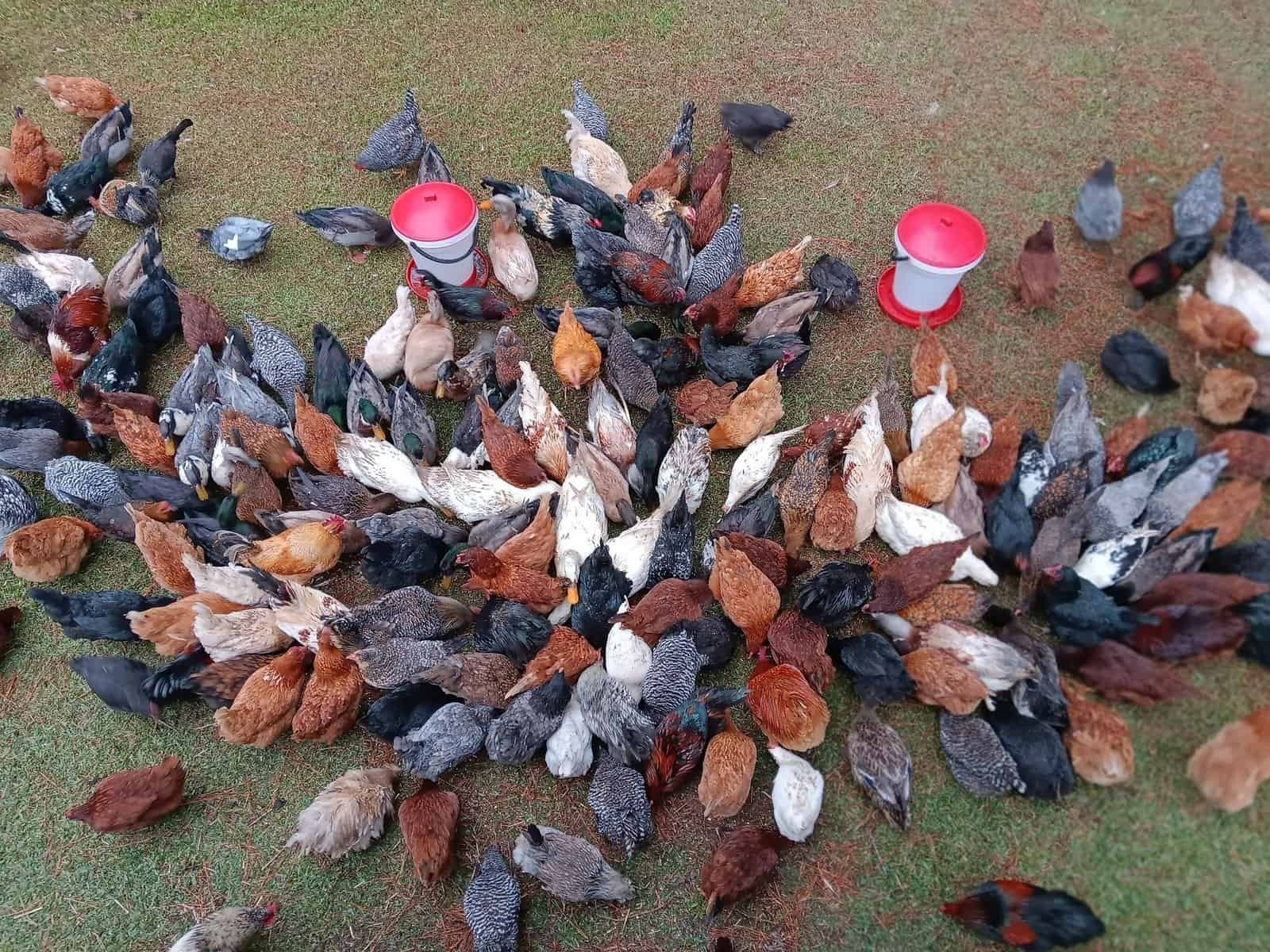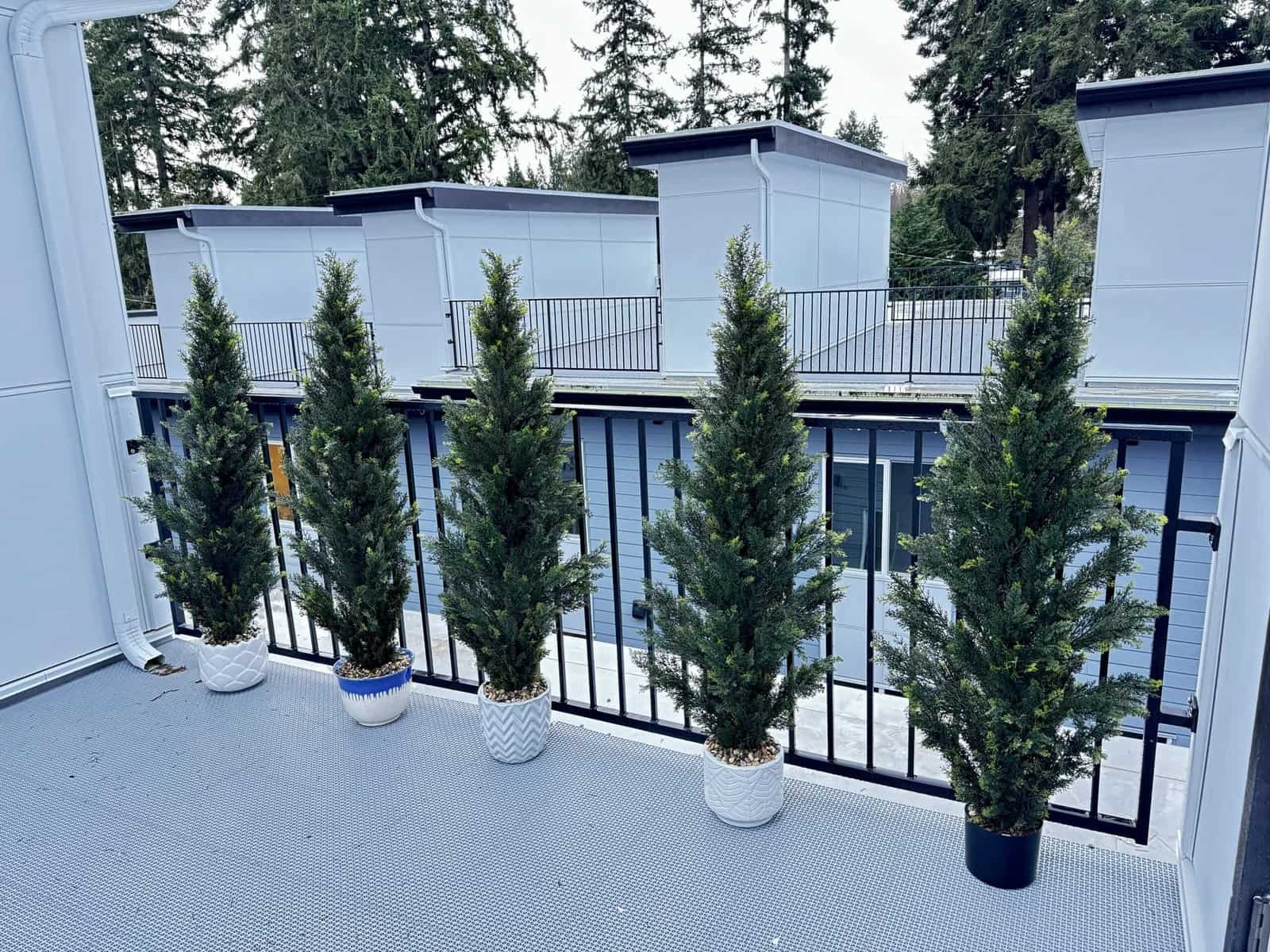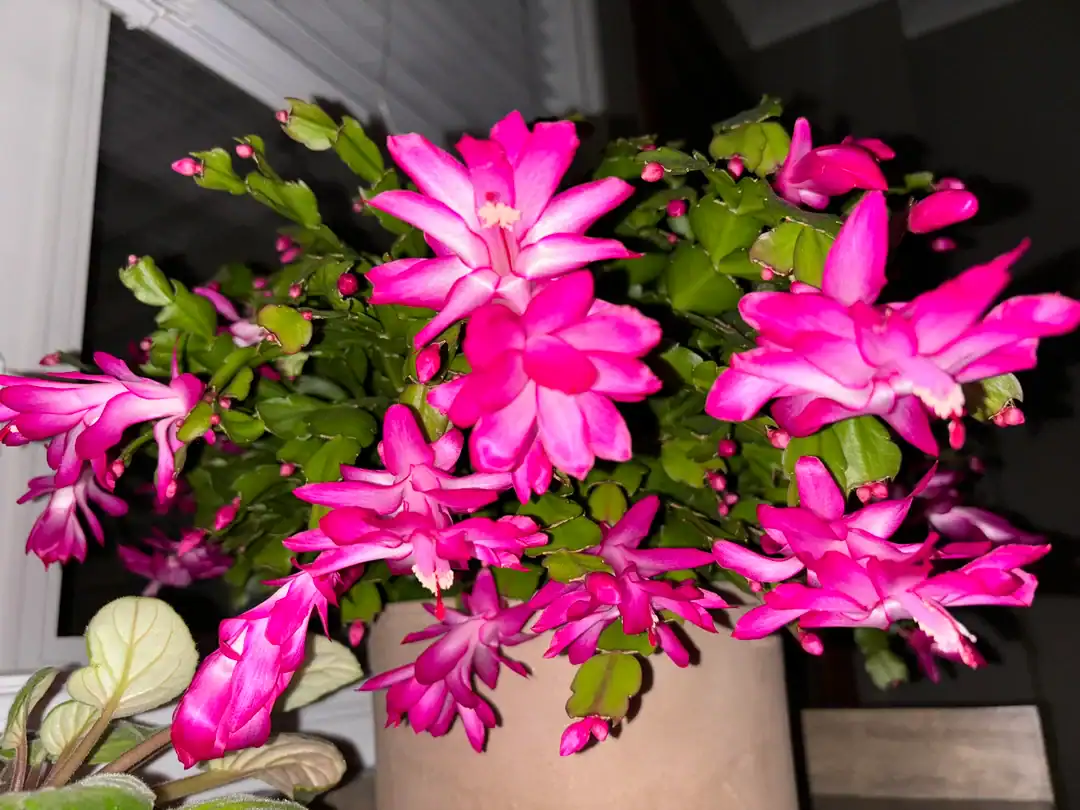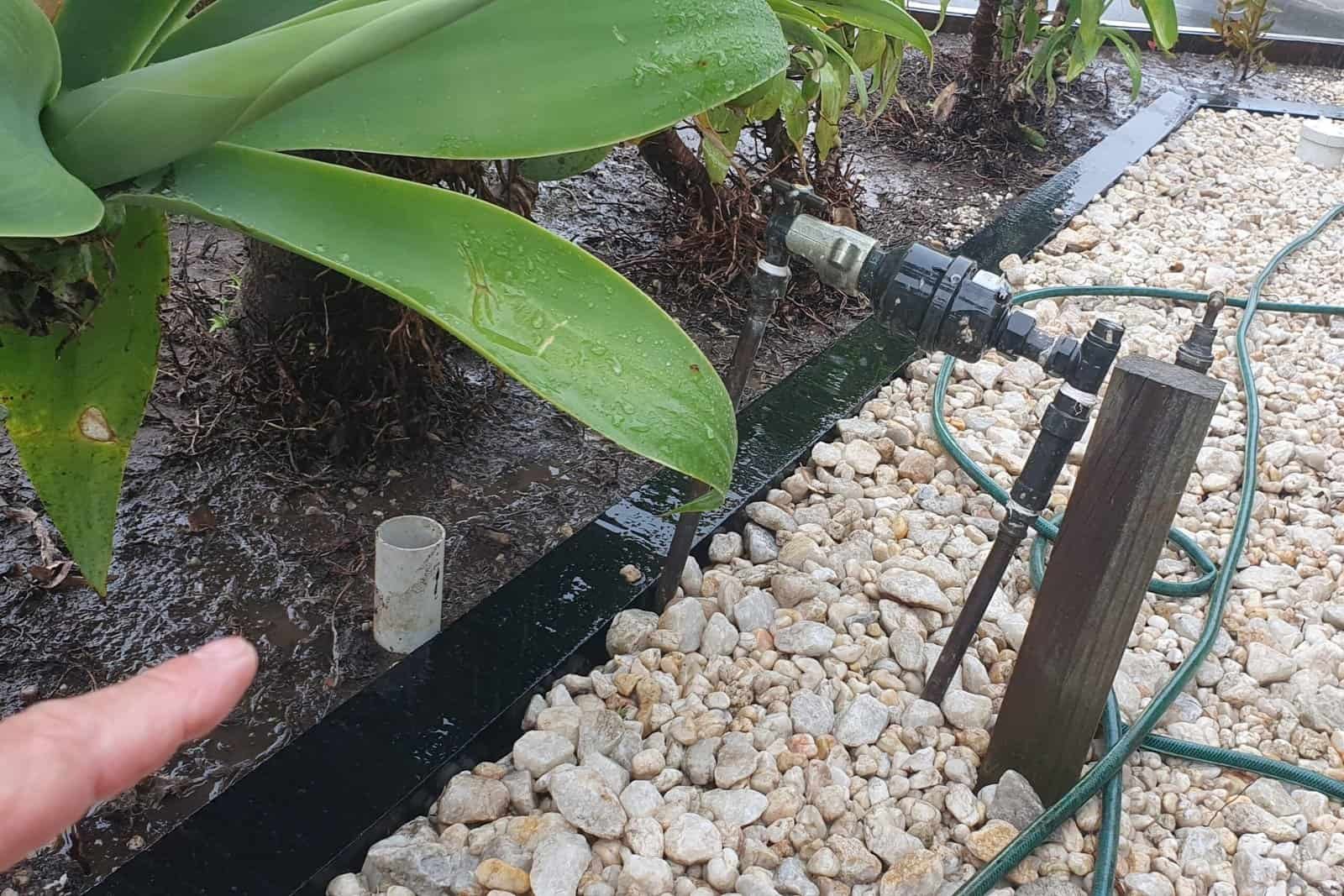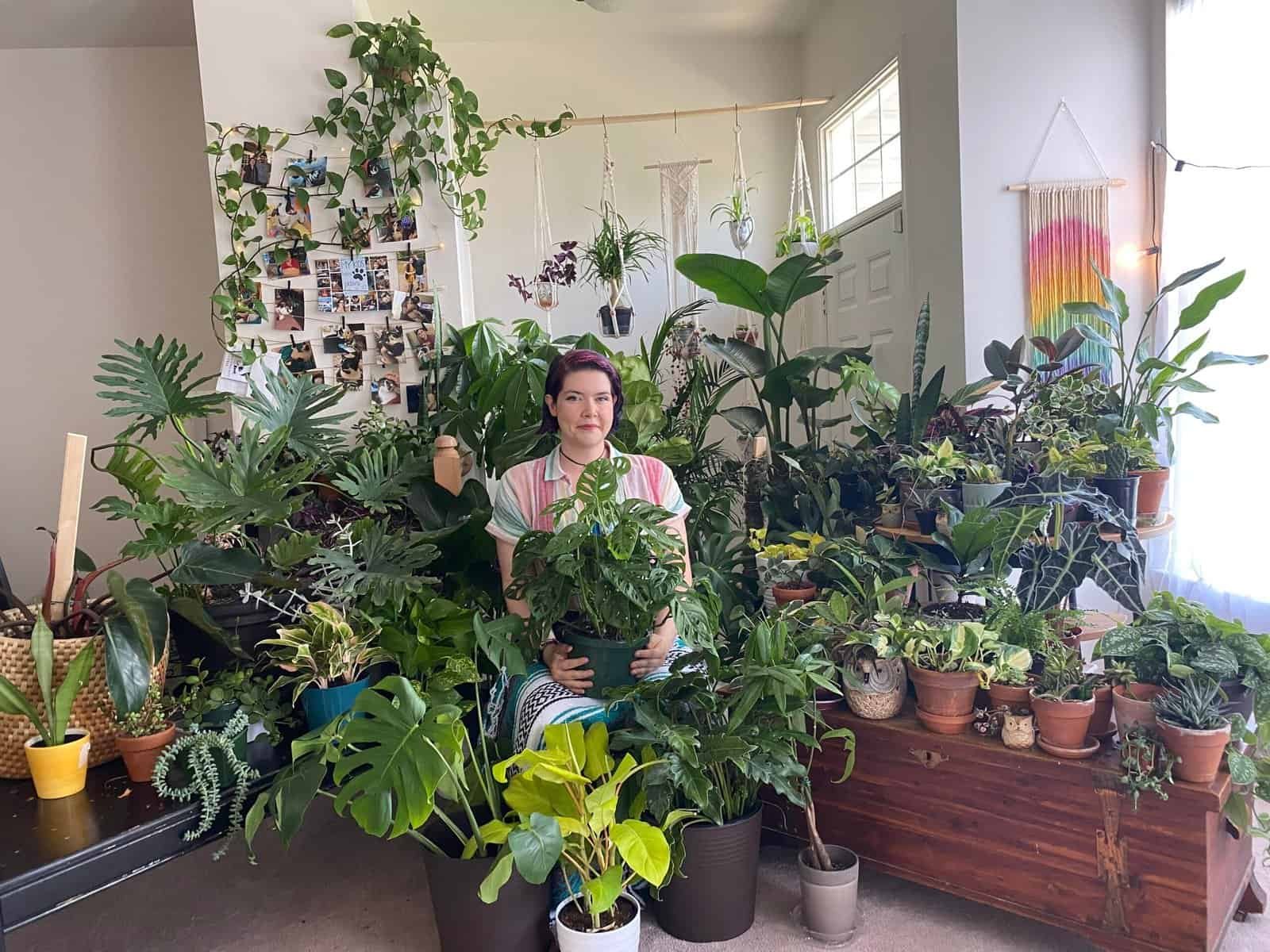Peanuts in your garden? Yes! It’s one of the most fun and surprising crops I’ve grown. Most people don’t know this, but peanuts don’t grow on trees.
They grow underground! In this article, I’ll share how I start peanut seeds at home, step by step. It’s simple, exciting, and perfect if you want to try something different in your garden.
Contents
Why Growing Peanuts at Home Is So Fun
Peanuts are not just tasty—they’re fascinating to grow. Let me explain why I love growing them.
Peanuts Are Legumes, Not Nuts
Before I started growing peanuts, I thought they were nuts. But no, they’re legumes! They come from South America and grow like no other plant I know.
Here’s what’s special—after the plant flowers, the flowers push themselves into the soil. Yes, they bury themselves! That’s where the peanuts grow—underground.
A Simple Yet Exciting Crop
I like to experiment with new crops from time to time, and peanuts are one of the easiest and most entertaining to grow. Watching how they flower and then dig into the soil is fantastic!

Preparing for Peanut Germination
If you want to grow peanuts successfully, you need to start with a few key steps. Let me guide you through them.
Choosing the Right Time and Climate
Timing is everything. I always wait until spring to plant peanuts. That’s when the frost is gone, and temperatures start to warm up—around 18°C is perfect.
Since I live in a cooler area (Asturias), I grow mine in a greenhouse. If you’re in a warm place, lucky you! You can plant them outside with no problem.
Selecting the Right Peanuts for Planting
Let’s talk about the kind of peanuts you need. Not all peanuts work for planting! Roasted peanuts from the supermarket won’t sprout. They’ve been cooked! What you need are raw, unroasted peanuts.
You can buy peanut seeds from garden centers or sometimes from natural food stores. Just make sure they’re completely raw.

Soaking the Seeds First
Before anything else, I soak the raw peanuts in water for about 2 hours. This step isn’t necessary, but it helps a lot.
By soaking, I hydrate the seeds in advance. That way, they don’t need to absorb water from the soil, and germination starts much faster. While they’re soaking, I get other things ready in the garden.

Creating the Perfect Seedbed
A good seedbed makes all the difference. Let me show you how I prepare mine.
Loose and Well-Draining Soil
Peanuts love loose soil, so I make a mix that’s light and drains well. I blend my homemade compost, worm humus, and a small amount of sand.
It’s soft, airy, and helps water drain fast. That’s exactly what peanut seeds need.

DIY Containers Work Well
I use recycled containers like yogurt cups or ice cream trays. Just make sure you poke drainage holes in the bottom.

I like using trays underneath so when I water, the extra water can drain out. If I don’t check the seedbed every day, the tray keeps some moisture and stops the soil from drying out completely.
Still, I have to be careful. Too much water can rot the seeds, so I always keep an eye on them.

Sowing the Peanuts
Now comes the best part—planting the seeds!
How Many Seeds Per Pot?
I always plant two seeds per pot. Why? In case one doesn’t sprout or grow weak. This way, I have a backup.

I don’t press the soil down hard. I leave it nice and fluffy so the roots can grow easily. The seeds sit about a finger’s length below the surface.

First Watering
I use a homemade watering can with small holes so the water doesn’t disturb the soil.
I give them a deep first watering to settle the soil, but after that, I switch to light, careful watering. Peanuts don’t like wet feet! Good drainage is essential.

Creating a Mini Greenhouse for Protection
Peanuts may be strong, but they need protection when they’re just seeds. Here’s how I keep mine safe.
Using Plastic Bottles
In past years, I planted peanuts straight into the soil in the greenhouse. But mice came and ate them all!
Now, I use plastic bottles to create mini-greenhouses. They stop mice, snails, and bugs from getting to the seeds.

The Greenhouse Setup
I put the seedbed inside the bottle, then seal the bottom with tape. This way, no pests can sneak in.
Then I place the whole thing in my greenhouse, where it gets lots of sun and warmth. The bottle keeps the heat in, too, which helps with germination.
Sometimes, I place newspapers below to keep weeds down, but it’s not always needed.

Monitoring Germination Progress
Now that everything’s planted and protected, it’s time to wait. But not for long!
First Signs in 10–15 Days
After about 10 days, I see the first signs of life! Roots start coming out, and little green shoots begin to rise.

By day 15, more of them sprout and grow stronger. It’s so satisfying to see them push through the soil!

The Importance of Protection
Let me show you why that plastic bottle method matters so much.
A Real Comparison
I once planted some seeds without protection just to see what would happen. The result? Total disaster!
The seeds got completely eaten by mice. I even found half-chewed seeds in the soil.
The protected ones in the bottle? It is perfectly safe and still growing strong.
Adjusting the Watering Schedule
Here’s a tip: with bottles, moisture sticks around longer. So I water less often—sometimes every three or four days. If the soil looks too wet, I skip watering. That keeps mold and rot away.
Once the seedlings are strong enough, I’ll transplant them to their final spot. But that’s for another post!
Right now, my job is to keep them safe, warm, and just moist enough. With a bit of patience, they’ll be ready to move soon.

Wrapping Up
Growing peanuts is such a rewarding experience—from soaking the seeds to watching them sprout under a homemade bottle greenhouse! I love how simple the steps are and how fun it feels to check on their daily progress.
Why not give it a go in your garden? It’s a great way to explore something new and enjoy a unique gardening adventure!

